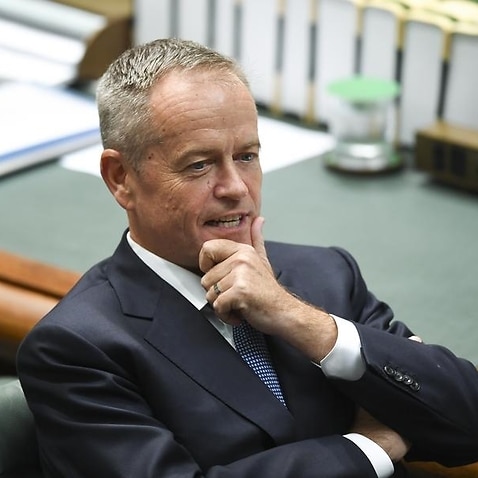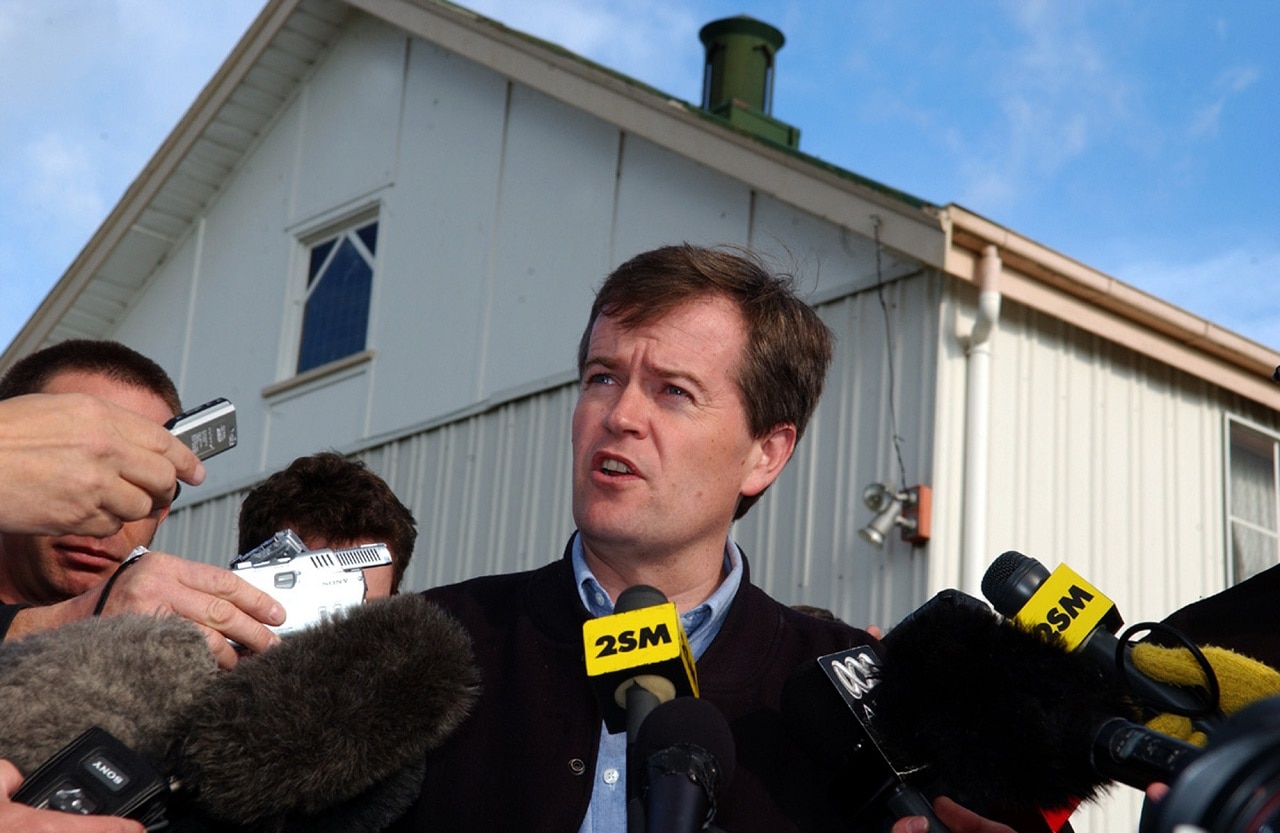Bill Shorten's rise to leader of the Labor Party in 2013 fulfilled a long-held ambition for the former union head.
Mr Shorten has managed to last as party leader longer than most in recent history, and opinion polling indicates he might be on the cusp of an even bigger win at this year's federal election.
READ MORE

Union background
The now-51-year-old began working life as a lawyer at the firm Maurice Blackburn.
Mr Shorten's involvement with the unions started in 1994, as a trainee organiser with the Australian Workers Union (AWU).
He managed to climb to the top of the union, serving as AWU national secretary from 2001 to 2007. Bill Shorten speaks to the media in Beaconsfield in 2006.
Bill Shorten speaks to the media in Beaconsfield in 2006.

AAP
His profile was boosted during the 2006 Beaconsfield mine disaster when two miners were trapped one kilometre underground for two weeks.
As the union secretary, Mr Shorten became the unofficial spokesperson for the families and the community.
On the back of a strong public performance, speculation mounted he was a Labor leader in the making.
Even Sydney's Daily Telegraph, which has recently not been kind to Mr Shorten, ran a headline "Bill For PM". Bill Shorten delivering his maiden speech at Parliament House, 2008
Bill Shorten delivering his maiden speech at Parliament House, 2008

He was also a board member of lobby group GetUp until early 2006, at a time when the left-wing lobby group was receiving substantial union money.
Rise to leader
After a failed preselection bid prior to the 1996 federal election, Mr Shorten entered federal parliament in 2007, winning the safe Labor seat of Maribyrnong in Melbourne's west.
With his national profile, some thought he would immediately make the front bench. But the new prime minister Kevin Rudd pushed back against the idea.
Mr Shorten started his political career as a parliamentary secretary for disabilities and children's services, where he advocated for a National Disability Insurance Scheme.
But politics quickly became complicated, and he was soon a key player in the backroom of the Labor factions. Julia Gillard and Bill Shorten at a tax forum in Canberra, Wednesday, Oct. 5, 2011
Julia Gillard and Bill Shorten at a tax forum in Canberra, Wednesday, Oct. 5, 2011

AAP
Mr Shorten was one of the main players in the ousting of Mr Rudd in 2010, widely seen one of the so-called "faceless men" behind the knifing.
He played a similar role in the removal of Mr Rudd's replacement, Julia Gillard, just before the 2013 election.
Over this time, he served as minister for financial services, minister for workplace relations and minister for education.
After Labor's defeat in 2013, Mr Shorten was elected as party leader, beating Anthony Albanese in a combined vote of caucus and rank-and-file members. Mr Shorten and Mr Rudd in 2013.
Mr Shorten and Mr Rudd in 2013.

Mr Shorten said his election proved the party was over its infighting.
“Some of the leadership disunity in the past is now just that - in the past - and party members have provided us with unequivocal support," he said.
The Coalition defeated Labor in the 2016 election, but the close result saw Mr Shorten stay on at the helm.
He has now been Labor leader longer than some of the party's biggest contemporary figures, such as Mr Rudd, Ms Gillard and former prime minister Paul Keating.
Share
